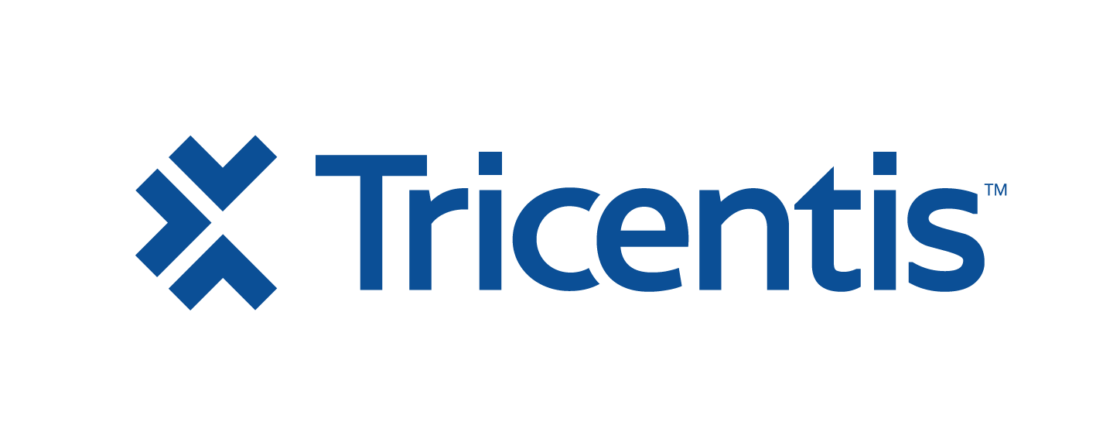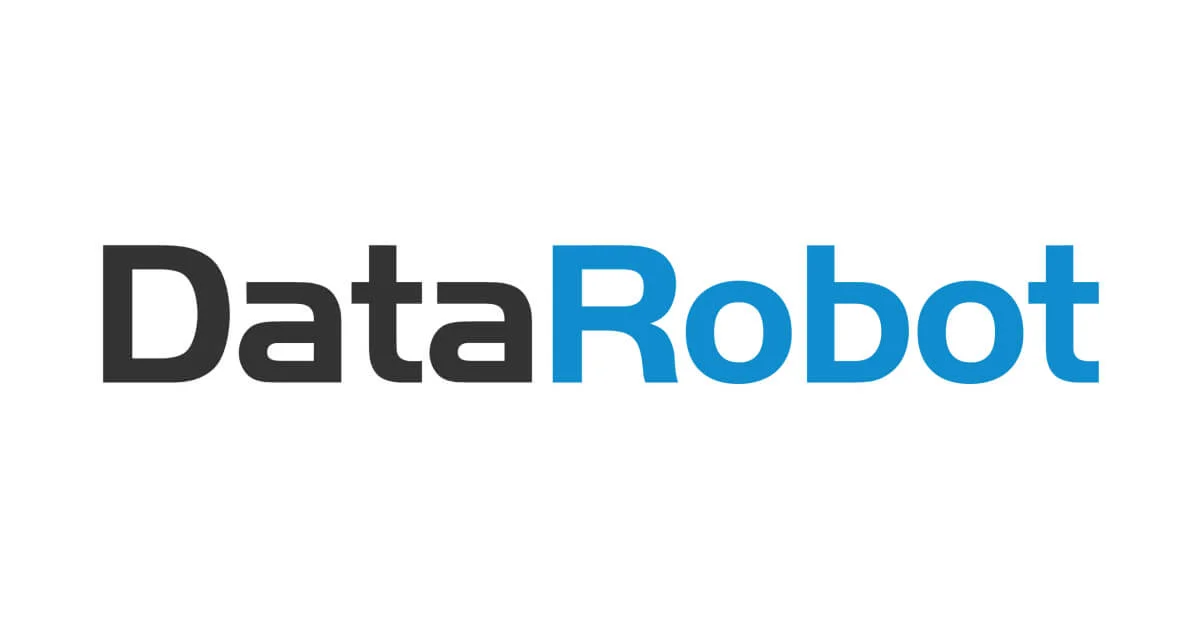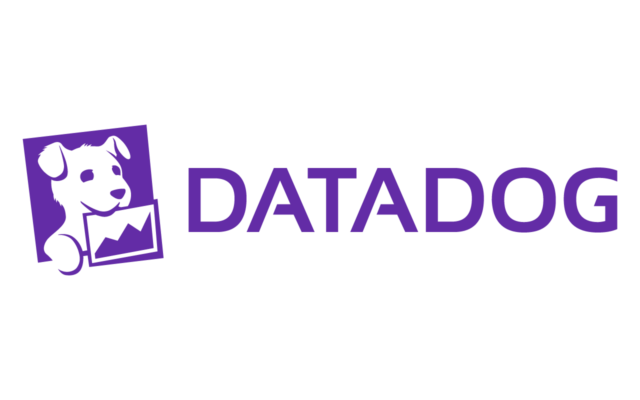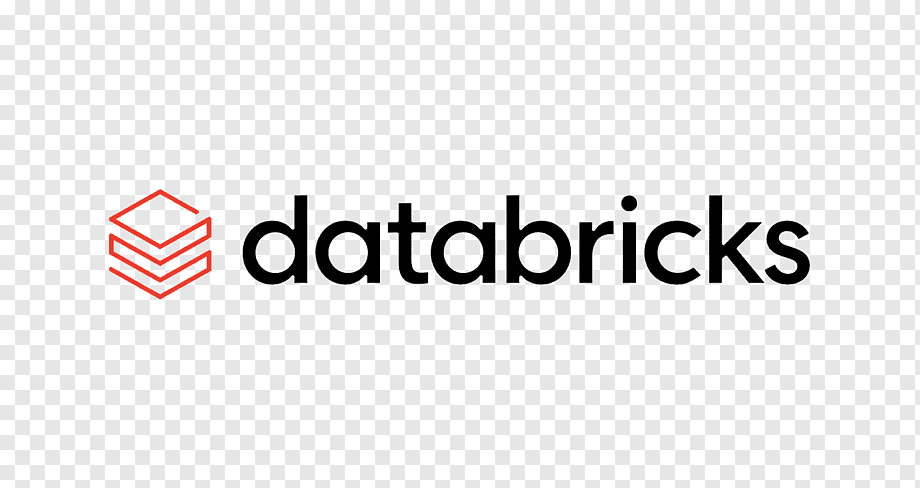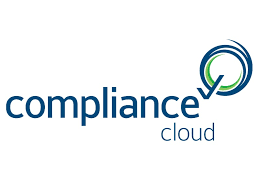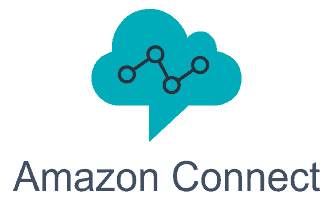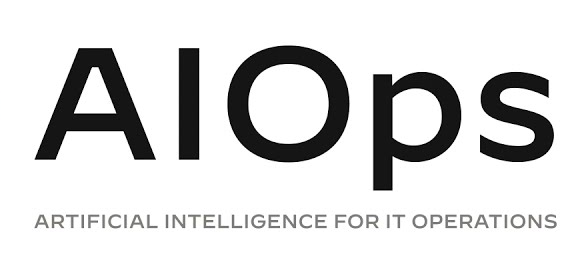The public sector plays a crucial role in shaping the social, economic, and political landscape of nations. As the world faces unprecedented challenges, including economic shifts, technological advancements, and the impacts of climate change, the public sector is under increasing pressure to adapt and innovate. In this blog, we explore the key trends that are transforming the public sector and the future directions that governments and public organizations are likely to take in the coming years.
1. Digital Transformation and E-Government
Digital transformation is one of the most significant trends reshaping the public sector. Governments worldwide are adopting digital technologies to improve service delivery, enhance transparency, and increase citizen engagement. E-government initiatives, such as online portals for tax payments, social services, and voter registration, are making it easier for citizens to interact with government agencies.
The shift to digital services also enables governments to streamline operations, reduce costs, and improve data management. However, this transformation comes with challenges, including the need for robust cybersecurity measures, the digital inclusion of all citizens, and the continuous upgrading of legacy systems. As digital transformation accelerates, the public sector will need to focus on building digital literacy among its workforce and ensuring that all citizens have access to online services.
2. Data-Driven Decision-Making
Data is becoming an increasingly valuable asset for the public sector. Governments are leveraging big data analytics, artificial intelligence (AI), and machine learning to inform policy decisions, optimize resource allocation, and improve public services. For example, data-driven insights can help cities manage traffic flow, reduce crime rates, and enhance healthcare delivery.
The use of data in the public sector also supports greater transparency and accountability. By making data publicly available, governments can enable citizens to monitor public spending, track the progress of infrastructure projects, and hold officials accountable. However, the ethical use of data, privacy concerns, and data security will be critical issues that governments must address as they expand their use of data-driven technologies.
3. Sustainability and Climate Action
Climate change is one of the most pressing challenges facing the world today, and the public sector is at the forefront of efforts to address it. Governments are implementing policies and initiatives aimed at reducing greenhouse gas emissions, promoting renewable energy, and enhancing resilience to climate impacts. Public sector agencies are also investing in green infrastructure, such as energy-efficient buildings, public transportation systems, and sustainable urban planning.
Sustainability is becoming a key priority for public sector organizations, with a growing emphasis on integrating environmental, social, and governance (ESG) principles into their operations. This includes not only reducing their own environmental footprint but also encouraging sustainable practices across the private sector and among citizens. The public sector’s role in driving climate action will continue to grow as the impacts of climate change become more severe.
4. Public-Private Partnerships (PPPs)
Public-private partnerships (PPPs) are increasingly being used to address complex challenges and deliver public services more effectively. These collaborations between government agencies and private sector companies can bring together the strengths of both sectors, such as public sector oversight and private sector innovation and efficiency.
PPPs are being used in a wide range of areas, including infrastructure development, healthcare, education, and social services. For example, governments may partner with private companies to build and maintain transportation networks, develop affordable housing, or deliver digital services. As the demand for high-quality public services continues to grow, PPPs are likely to become a more common model for delivering these services.
5. Workforce Transformation
The public sector workforce is undergoing significant transformation as governments respond to changing demands and new challenges. Workforce transformation includes upskilling and reskilling employees to meet the needs of a digital and data-driven world, as well as attracting and retaining talent with specialized skills in areas such as cybersecurity, data science, and sustainability.
In addition to technical skills, there is a growing recognition of the importance of soft skills, such as leadership, collaboration, and adaptability, in the public sector. Governments are also focusing on diversity and inclusion, ensuring that the public sector workforce reflects the diverse populations it serves. The ability to attract, develop, and retain a skilled and diverse workforce will be crucial for the public sector’s future success.
Conclusion: Embracing Change in the Public Sector
The public sector is at a critical juncture, facing a range of challenges and opportunities that require innovative solutions and forward-thinking strategies. By embracing digital transformation, leveraging data, prioritizing sustainability, fostering public-private partnerships, and transforming the workforce, governments and public sector organizations can navigate these changes and continue to deliver value to citizens.
As the public sector evolves, it will be essential for governments to remain agile, responsive, and committed to serving the public good. By doing so, they can build a more resilient, equitable, and sustainable future for all.











